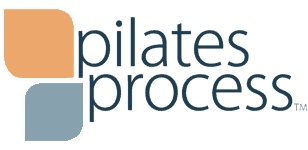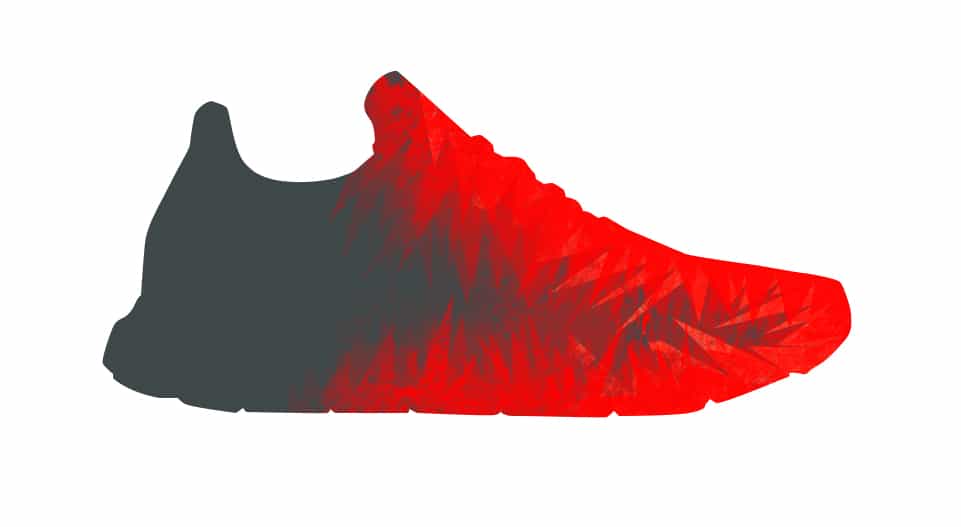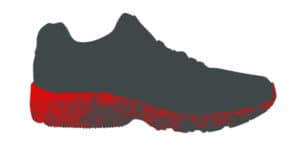I’m not shocked by beautiful high heel shoes or men’s slick narrow dress shoes and the compromises they make to our feet. We are all fully aware, while we’re squishing our foot into a narrow stiletto, that it’s not contributing to healthy body mechanics. It just looks good. These shoes are driven by fashion and beauty and don’t pretend to support healthy movement.
What is shocking is how often shoes that are chosen for practical, healthy purposes and billed as such, can compromise our foot health by unnecessarily limiting mobility, restricting our elastic rebound and taking away all possibility of dynamic strength.
Use It or Lose It
As with the rest of the body, the feet gain and maintain dynamic strength and joint mobility primarily through everyday movements like walking. Functional movement is so critical to our health that rehab protocol has shifted strongly towards to incorporating movement as early as possible in injury recovery.
Whiplash? Limit your time in a neck brace or the muscles get too weak.
Ankle sprain? Practice balance or risk losing proprioception.
Casts? Switch to a removable cast when possible to avoid stiffness and maintain mobility.
Low Back Pain? Move move move. As much and as early as possible.
It’s odd then, that supportive shoes that so dramatically restrict natural movement are not only considered the solution to foot problems but are also a sort of pre-emptive intervention when no problems are present. And why are 4 year olds in rigid, arch supported shoes anyways?
What kind of movement do the ankles and feet require?
With each foot having 33 joints and over 100 ligaments and muscles they have loads of movement options making them highly adaptable and springy. If we don’t use our feet in a variety of ways we lose this variability. Also, not all of our joints require a full range of motion to function well in daily life, but in our feet there are two keys joints that do require full mobility.
Ankle Mobility – dorsiflexion.
The ankle (talo crural joint) joint acts as a hinge where the bones of the lower leg meet the foot. This joint needs to have full range of motion towards flexion. Each step we take should mobilize the ankle during the stance phase until the back heel lifts.
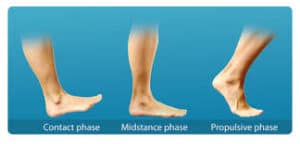
Foot mechanics
Big Toe mobility – Extension
The big toe (MPT) joint requires full extension for the push off phase of gait. It not only tracks the joints properly, it appropriately tensions the plantar fascia, directs the heel, and lifts the medial arch creating efficient power.
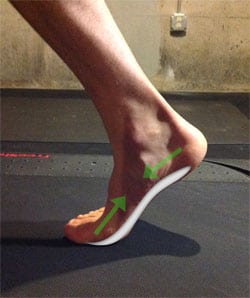
How shoe design can weaken and stiffen your joints.
- The Raised Heel
Almost all supportive shoes are designed with an elevated heel creating an incline from heel to toe. This immediately alters where the weight falls, shifting more weight forward onto the toes while lessening the range of ankle flexion needed. With every step taken the opportunity to fully mobilize the ankle joint is lost. Not to mention that in standing the calf muscles live in a constant shortened position.
2. The Toe Spring.

Most shoes, running shoes in particular, have an elevated toe box. which means that if we look at the shoes in side view the front of the sole is lifted off the ground. This design immediately lessens the amount of big toe extension required in every step as the whole foot rocks forward, limiting the articulation of the big toe joint.
3. Narrow Toes.
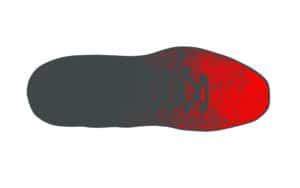
A foot needs to widen in the stance phase of walking to help absorb load. Shoes are usually too narrow to allow this as they squeeze the toes together slightly, or dramatically. If we limit the widening option we alter the mechanics. The big toe will lose its central axis and ability to hinge, stiffening the big toe joint. This can contribute to pain and bunion development.
Are these always a poor choice?
Not necessarily. Sometimes in the short term, these shoe modifications feel good. If you have a tender bunion, arthritis in the big toe or a tight achilles tendon, it might alleviate discomfort to have a raised heel or a toe spring. The shoe then prevents you from moving through an uncomfortable range. The concern is that in some cases a short term solution can create a long term problem. We end up unintentionally and unnecessarily creating rigidity in key joints.
The truth is our feet are inherently and dynamically supportive, and if we take away their ability to strengthen and mobilize with every step then we weaken that natural support system.
a So I want to improve my feet. What can I do?
- Bunions? Squished toes? Rigid feet? Try toe spacers. Usually made of silicon they slide between the toes to help lessen bunions and allow better alignment. We love the Foot Collective version as they’re so pliable. The idea is to wear them for brief periods (20 mins ish) daily, to start to coax the toes to better alignment.
- Increase your time barefoot. If you can already move around comfortably barefoot, increase your time doing so. Make it your home and garden choice. Never go barefoot? Start with a few minutes per day and see what you can tolerate.
- Add calf strengthening and stretching. Regardless of your footwear, stretching and strengthening can be highly impactful. Click here to try our 5 minute foot workout. Challenging? Do it daily for 10 days. Adjust reps if you need to. Ask us! We can help adjust it for you.
- Shopping for supportive shoes? Consider wider and flatter. Transition slowly if they are foreign to your feet.
- Come to our next Franklin Foot workshop! We incorporate loads of exercises and info to awaken and strengthen your feet.
Follow us on Instagram for updates on our workshop schedule.
As always pay attention. As you introduce any changes note what your feet tolerate and what is too much. Our tissues take time to adapt. Also, remember that we are more than just our feet and and that everything really is connected. How we use our feet will affect the knees, hips and low back so pay attention to these areas as well.
If you’d like to discuss feet, the Franklin Method or our approach to Pilates further please contact me directly via email. I’m happy to set up time to chat.
Have fun exploring!
Laura
Laura Helsel
Pilates Process™ Director
laura@pilatesprocess.ca
Illustrations ©pilatesprocesscommunications™2019
